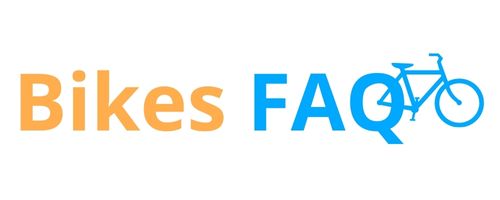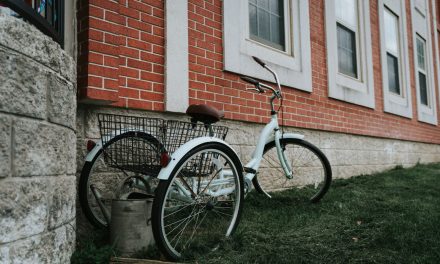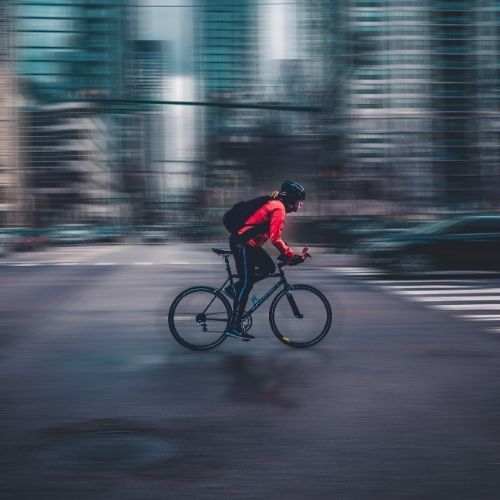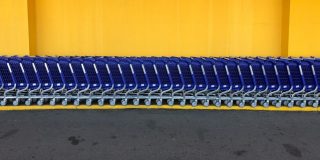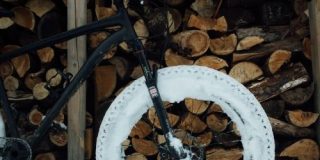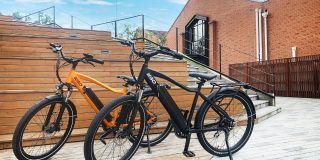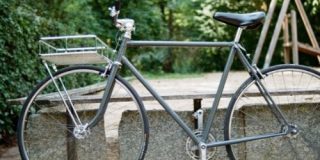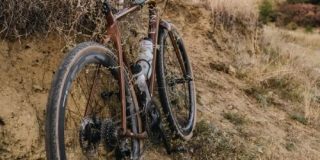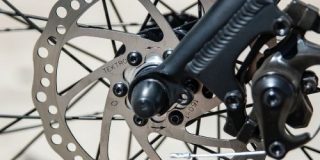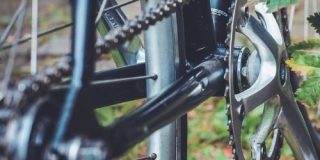Well, if you have been riding those beautiful trails. And it has been a while since you have done any proper maintenance on your bike at all. So now, your brakes have become much harder to pull, and you do not know why. Down below, I will talk about two key reasons why your brakes start to pull and what the causes may be. I will also talk about few things you can do to your brakes to fix your problem.
I will speak about side pull, brake pads, and barrel adjusters. So, if you are having this problem with your bike, then it is probably time for you to start investigating your brakes immediately, so you will be able to ride safely.
Why are my brakes hard to pull? Two main reasons can make your lever of your bike’s brakes hard to pull, and one of those is that there could be friction in your cable casting and its adjustments lubrication problems with your brakes.
You can disconnect the cables from your brakes, then hold the end of the line and work the brake on your bike to check the friction. Then, when you have to replace the cable, you will need to pull it out and rub off the corrosion and even the grease. Then dribble some oil on the casing. Once the line has been removed, you will be able to flex the brakes by hand to find friction in them. You will then need to put a few drops of oil on your brakes. Pivot points will help, and other brakes will allow you to adjust them.
Effective brakes
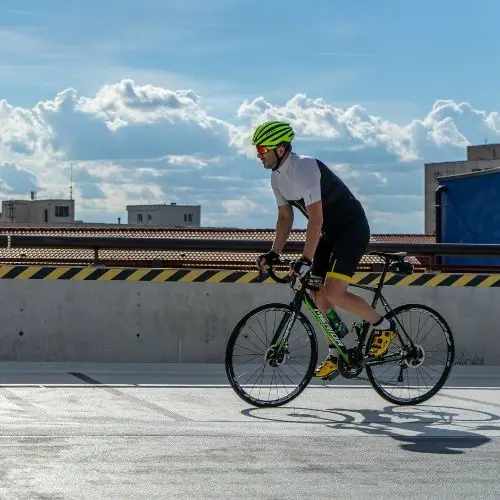
Your bike’s cables will stretch over time, and the brake pads will slowly wear off. Meaning your bicycle brakes become less effective over time. Also, if your bike will allow you to squeeze the lever thoroughly without any engaging, then you will need to take action immediately.
On the other hand, if your brakes are correctly installed, then the V brakes will have a quick release to replace your bicycle wheel much more accessible. You also have a noodle that is shaped like a J. That is a metal guide tube. You can remove it from its cradle.
While it is like this, it will not work. Side pull brakes usually have a quick release on their levers caliper, allowing it to be open much more comprehensive. Remember, you will need to make sure the lever is permanently closed with these brakes, or the brake pads will be too far away from the bike’s rim.
The barrel adjuster
All your cables that operate your brakes should come with a barrel adjuster. It is a hollow knurled bolt where the brake cable is.
Part of the way the cable outer some bikes will use an inline adjuster increases the tension of the brakes. You then want to turn the barrel counter-clockwise, then do one complete turn and finally a half-turn, and then constantly checking your brakes. If your barrel has a locknut or lock-ring, you will need to unscrew this so your barrel will be able to turn.
Then you will need to flush the lever or even try to caliper to keep your barrel firm.
What about brake pads?
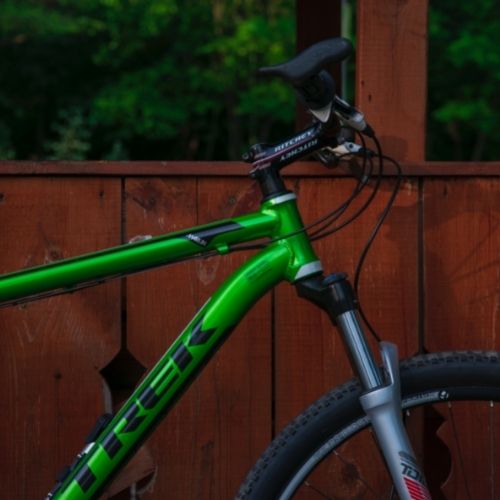
Your brake pads may rub quite a bit. When this happens, you need to center the brakes, and sometimes side pull brakes usually have a tiny adjuster screw at the top of the caliper.
If you screw this in and out slowly, you will be able to watch your brake arms move. Also, if you have V-brakes, you will have a small screw at the bottom of each of your brake arms. By doing this helps move the brake pad away from the bike’s rim.
- Imagine That: Why Your Bike Brakes Might Be Squealing
- Which is better: Bicycle Disc Brakes vs Rim Brakes
- Why Are My Bike Brakes Not Working?
Side-pull Brakes
The V-brakes and the side-pull brakes will need to be in line with the surface of the brake. If your brakes are too high up, they will keep knocking into your tires.
Also, with the tire and the brake, constantly rubbing can cause you to get a hole in your tire. Remember if your brake pads are set way too low will cause them to have a lip and cause it to hold the pad against the rim.
